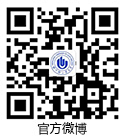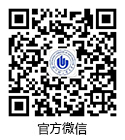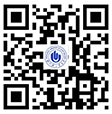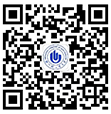应我校计算机与通信工程学院邀请,南密西西比大学周卫华教授来我校做“图像引导的心脏再同步化治疗(Cardiac Resynchronization Therapy, CRT)电极植入技术”的学术报告。具体事宜如下:
报告题目:图像引导的心脏再同步化治疗(Cardiac Resynchronization Therapy, CRT)电极植入技术
报 告 人:周卫华教授
报告时间:2017年7月11日 上午10:00-11:30
报告地点:科学校区计算机楼213
科技处
计算机与通信工程学院
2017年7月10日
附:周为华教授简介:
Weihua Zhou, Ph.D., is a tenure-track assistant professor in the School of Computing at the University of Sothern Mississippi. Prior to working at USM, he was a post-doctoral fellow at Emory University School of Medicine. Dr. Zhou received his B.Eng. from Wuhan University and his Ph.D. from Southern Illinois University Carbondale.
Dr. Zhou’s primary research interests are medical imaging and informatics. Specifically, he is interested in using image analysis and data mining to improve the diagnosis and treatment of cardiovascular diseases. His research has produced over 50 publications, 2 patents, and 1 American Heart Association-funded grant. His methods are being using in two clinical trials.
Cardiac resynchronization therapy (CRT) is a standard treatment for patients with heart failure. However, 30-40 % of the patients having CRT do not respond to CRT with improved clinical symptom and cardiac functions. It is important for CRT response that left ventricular (LV) lead is placed away from scar and at or near the site of the latest mechanical activation. Nuclear image-guided approaches for CRT have shown significant clinical value to assess LV myocardial viability and mechanical dyssynchrony, recommend the optimal LV lead position, and navigate the LV lead to the target coronary venous site. This presentation shows our long-standing research of utilizing nuclear images to improve CRT response. We have developed a technically accurate and clinically applicable software solution, which has been validated by both retrospective and prospective single-center clinical studies. Once further validated by large randomized multi-center trials, our solution will impact the current clinical practice.





